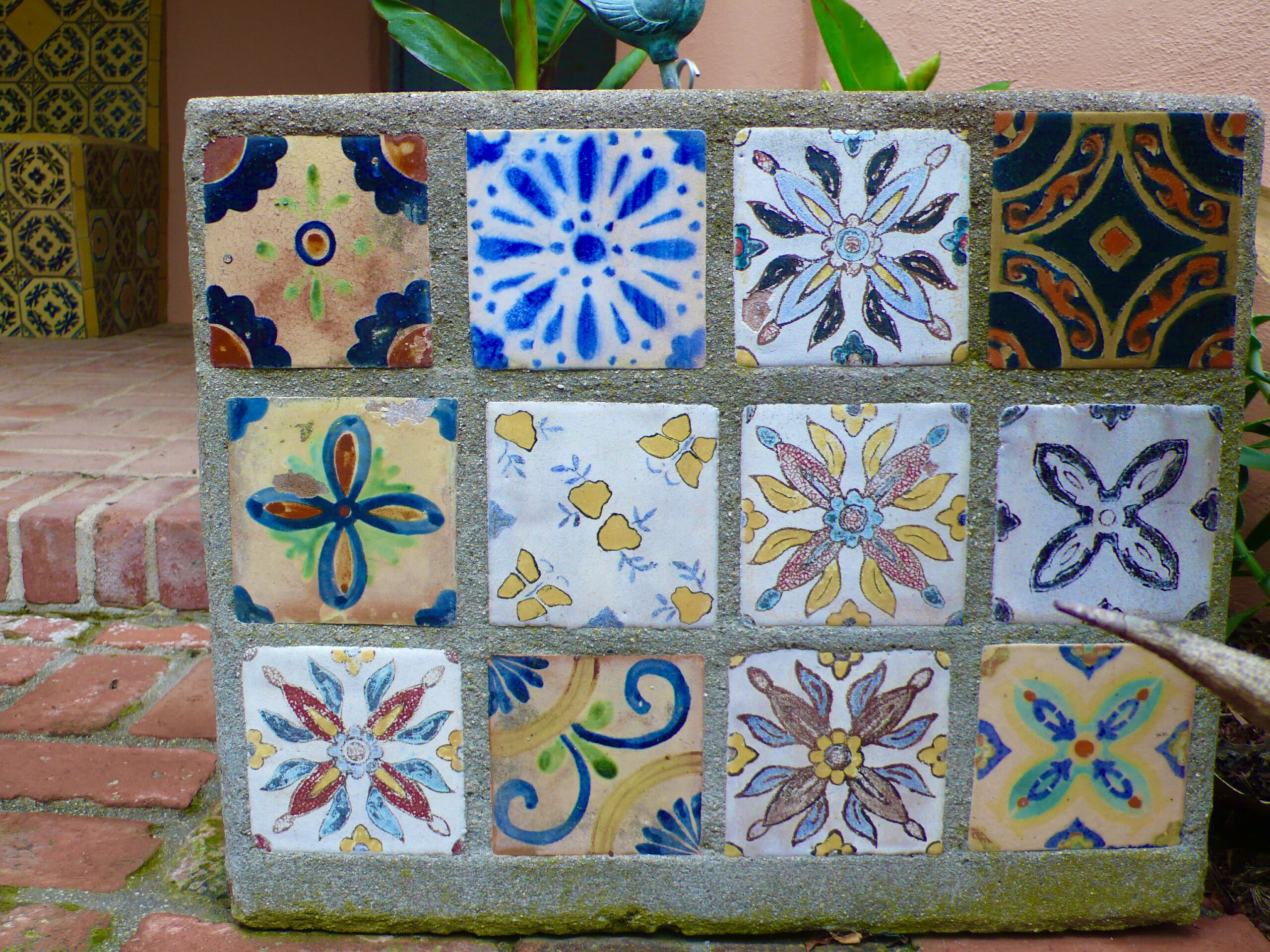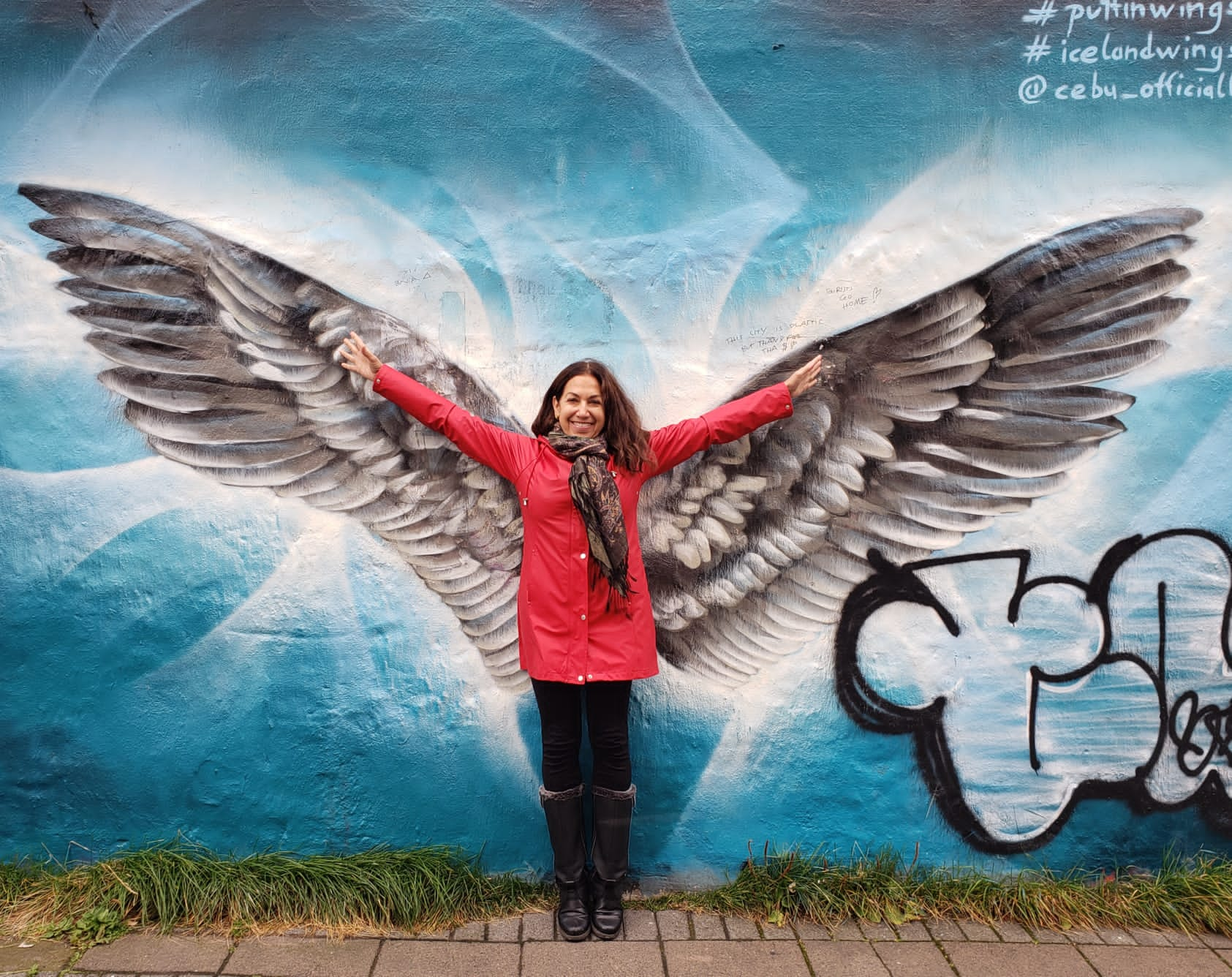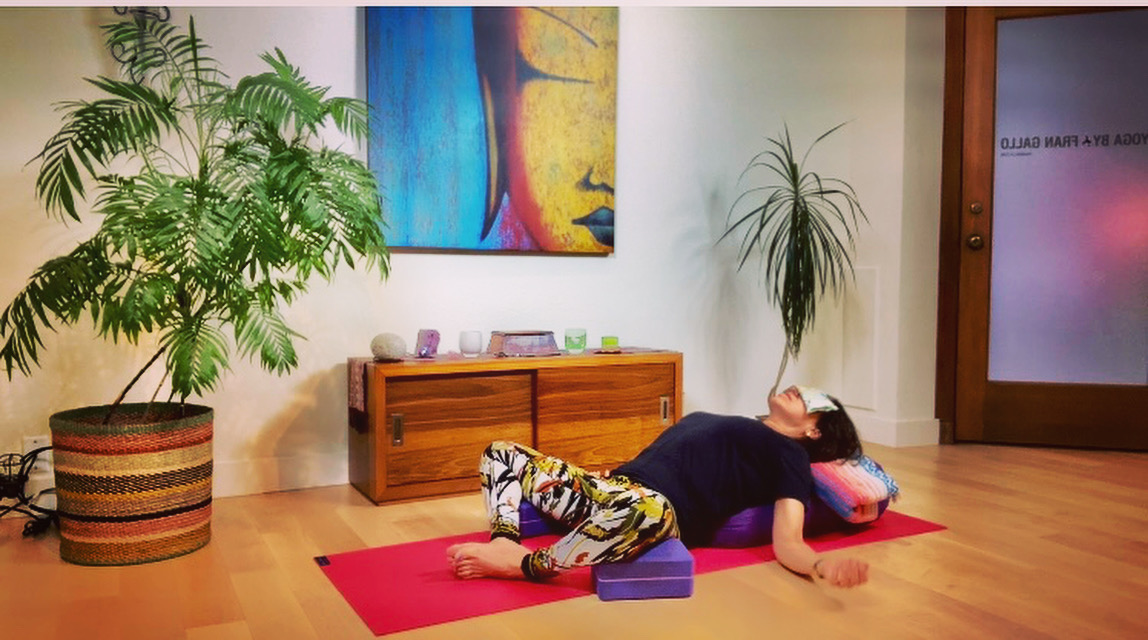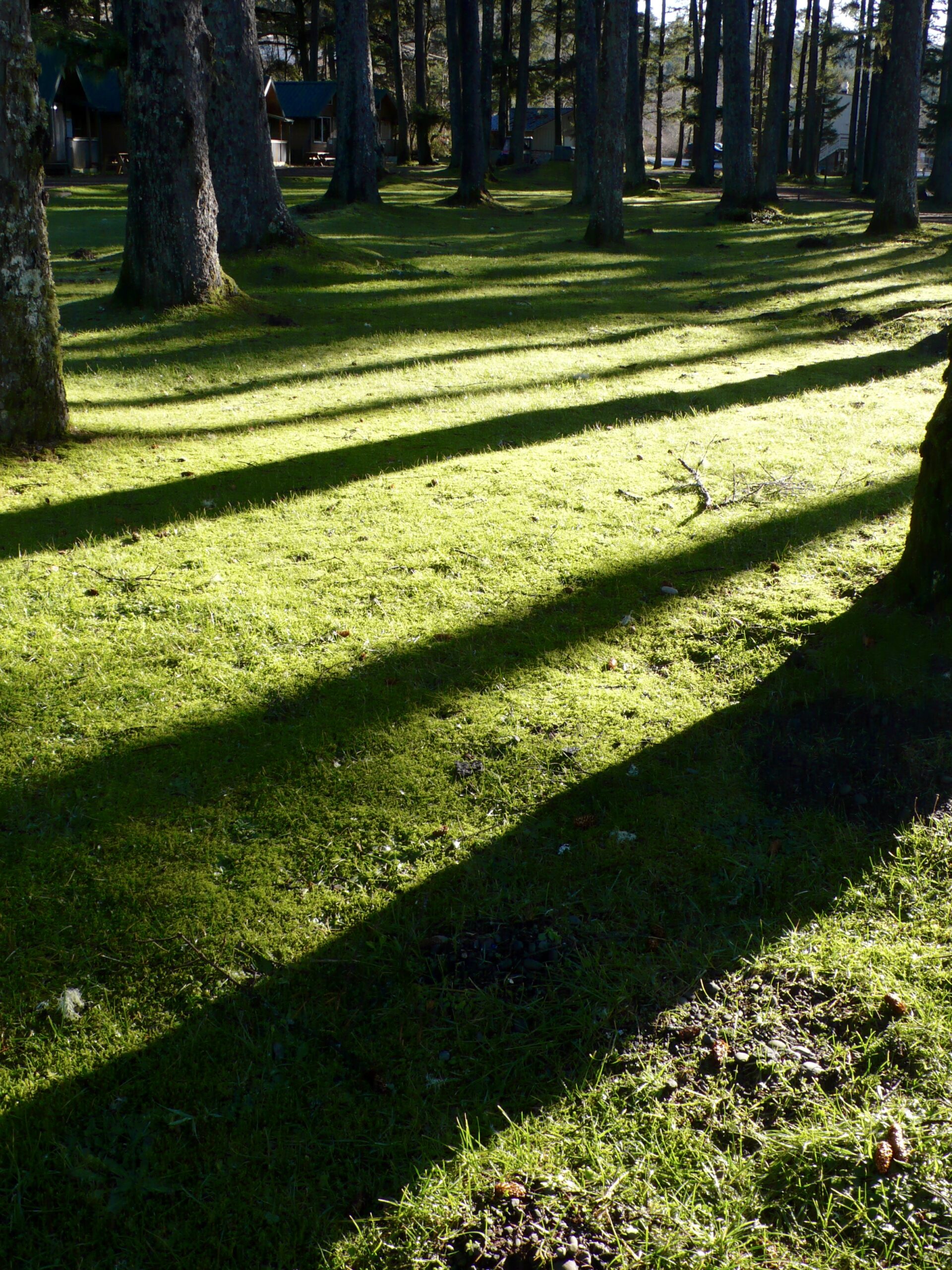I recently heard an interesting interview on NPR with George Prochnik, author of In Pursuit of Silence: Listening for Meaning in a World of Noise and just had to read the book! Thanks to Robbie and Peter for lending me their hardbound copy.
The author explores concepts of silence and noise/sound and goes from silent monasteries where the only sound is the drip drip drip of snow melting off the roof to retail stores where deafeningly loud music is used to urge shoppers to purchase more. Here are a few quotes and ideas from my reading which I found interesting:
On SILENCE:
“Silence is bumping into yourself. Many seek to avoid that confrontation.”
I’ve always been fascinated by the neuro-scientific study of the effects of silent meditation. MRI studies of people involved in vipassana and similar meditation practices consistently show that mediation enhances the ability to make discriminations between important and unimportant stimuli. This translates into a reduction in overall brain activity, affecting the fight or flight response we think have little control over, and a reduction in stress levels.
The drop in brain activity that’s been recorded among experienced meditators seems to be one from which they can quickly snap over to high, concentrated activity. It’s comparable to an athlete whose regular pulse rate is very low, but who can smoothly get the rate of blood flow up where it needs to be to perform some challenging physical activity; once the activity is over, the rate rapidly drops back to its baseline of minimal exertion. The brains of individuals who’ve made deep commitments to silence seem to enjoy its very character on a metabolic level, themselves becoming more still and quiet- less likely to amplify neural responses willy-nilly in a purposeless static when some chance stimulus calls out.
This book reminded me of two films I watched: Into Great Silence, a documentary directed by Phil Groning, and the movie Spring, Summer, Fall, Winter…and Spring. Both films are meditations on monastic life. Into Great Silence is an almost silent documentary which is a meditation unto itself! The film is an intimate look at monastic life at Grande Chartreuse Monastery in France. It took great patience on my part to watch the film until I finally accepted the slow pace and the artistry of the filmmaker documenting the reclusive lives of the monks who have taken the vow of silence as they live out their lives of contemplation and prayer in an ancient monastery. Craggy somber faces fill the screen. Just as sitting quietly requires great discipline, watching this exquisite film did, too. Rick and I watched it on three consecutive evenings, so as to break it up and to be able to appreciate it. Spring, Summer, Fall, Winter…and Spring has more of a story line to it and, though much easier to watch, brings the viewer into a deep meditative state of being in its portrayal of the Buddhist monastery floating on a lake in Korea.
“Listen to what becomes audible when the world quiets down.”
The above quote reminds me of when Rick and I backpack to Jordan Lakes in the Cascades. Our first day at camp is almost deafeningly silent. However, the next day, we start taking note of the sound of the spring that flows into the lake, the bees buzzing by, the wind swooshing through the trees, the gray jays who come to visit hoping for little handouts, the little squirrels and chipmunks that chipper and chatter, the knocking of a woodpecker, the frogs calling out, and the fish jumping. By the last day there, the quiet forest becomes a cacophony of sounds! The forest is alive, humming, thriving. In no time at all, our city ears grow sensitive to the softer sounds of nature. You can almost hear the forest’s heartbeat on that last day.
I was fascinated by the following study:
A study on noise as led scientists to suspect a rise in autism directly connected to higher noise levels. Also, studies have shown that higher noise levels lead to anger, aggressiveness, and violence.
We are hardwired to respond to sounds. Think of the sound of a baby wailing. It is the most distressing sound. Everyone turns around to make sure the wailing baby is being tended to! We are designed to hear the baby’s wails, be irritated or moved to pity or concerned by the wailing because we WANT the baby’s primary caretakers to respond to the baby’s needs.
I have very delicate ears. I hear sounds very well and one of my fears is losing my hearing as I get older.
My mother started to go deaf in her 60’s. When I brought up her hearing loss, she denied it vehemently.
“Ma, I think you need hearing aids.”
“What?”
“I said I think you need hearing aids.”
“No, I don’t. It’s you! You don’t speak loudly enough. You mumble.”
“I don’t mumble!”
“Oh, yes you do! Besides, I KNOW I don’t need hearing aids because when Zina calls me, I can hear every word she says quite clearly. You are the only one I can’t hear because you mumble.”
Then Dad chimes in, taking ma’s side, “Your ma’s ears are fine! She just needs a good cleaning. You know, wax builds up and the doctor cleans out your ears and, afterwards, everything is loud again.”
It took my mom forever to get hearing aids.
So what if that happens to me? You don’t even know you can’t hear because you can”t hear what you can’t hear! What a nightmare!
Perhaps one of the most interesting stories in the book is a true story about a very wealthy man who wants a 100% sound proofed house. He is willing to pay any price to achieve his goal of a 100% sound proofed house. He hires the best team of innovative engineers to create a sound proofed house! His quest for absolute silence is so absurd that the story is on the edge of being hilarious! The final moment comes when the engineers invite the man to do a walk-through into his own home which he has poured a fortune into for the sake of soundproofing. This is the first official walk-through and just as he walks in the door, he angrily says to his team of engineers, “I thought you were going to make this soundproofed! I hear a SOUND! What on earth is that sound?” The place is so ridiculously quiet, sealed, and soundproofed, that any sound whatsoever (like the sound of your foot lightly touching the floor or a little current of air coming in through the insulated vents) is accentuated, overly exaggerated, and LOUD.
My perfect idea of “silence” is to turn off the stereo and open all the windows at Ocean Shores on a fine summer day and listen to the breeze and birdsong making their way into Little Renaissance.






Thanks for sharing this, Fran. I must read the book as well. My next stop is SPL.org, the library. Thanks, again. BEv
Without silence, there is no noise, sounds, or music. Good composers and musicians make music with silence in, under, and around the melodies, harmonies, and notes to concentrated and concentrating effect.
Thanks, Frannie!
Rick